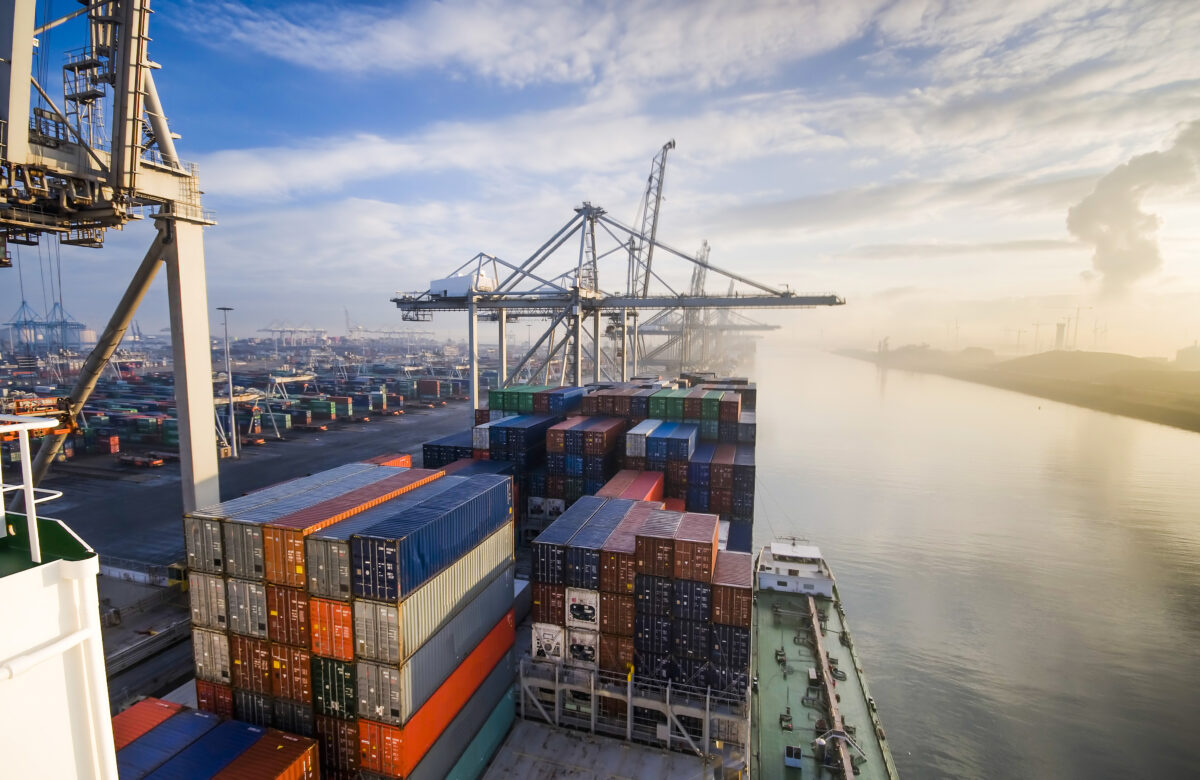A Bill of Lading (B/L) is the bill of lading for overseas traffic. The bill of lading is issued by the carrier and represents the goods during transport. The goods can therefore continue to be traded and sold during transport.
Who issues the bill of lading?
The bill of lading shall be issued by the carrier. Several originals are usually issued when the bill of lading is issued. How many bills of lading have been issued can be seen in the bill of lading itself. In addition, non-transferable copies of a bill of lading may be issued (“copy non negotiable”). These copies cannot be transferred. They also do not entitle to the acceptance of the goods but are only intended for documentation purposes.
What are the functions of the bill of lading?
The bill of lading authorises the consignee vis-à-vis the carrier to receive the goods at the port of destination. The rightful owner of the bill of lading may therefore require delivery itself when presenting the bill of lading. A distinction must be made between registered bills of lading (record bills of lading) and order bills of lading. The registered bill of lading shall be issued only in favour of a consignee and shall not be transferable. The order bill of lading, on the other hand, is a security. It may be transferred by endorsement.
In general cargo transport, the bill of lading usually also provides proof of the contents of the freight contract. A separate freight contract is not regularly concluded there. Rather, the terms of the freight contract are derived directly from the bill of lading.
Takeover bill of lading and board bill of lading – what’s the difference?
The bill of lading shall be issued by the carrier. The carrier confirms that he has accepted the goods. For this reason, there are two types of bills of lading. The board bill of lading and the receiving bill of lading. The board bill of lading confirms that the goods have actually been taken over on board.
In the case of the receiving bill of lading, however, the carrier only confirms that the goods have been taken over for carriage. However, the fact that the goods were loaded does not follow from a bill of lading. That is why takeover bills of lading are also called “Received for Shipment Bill of Lading”. If the goods are subsequently loaded on board the seagoing vessel, the receipt bill of lading shall be “On Board” Note.
Electronic bill of lading (BOLERO bill of lading)
For some time now, there have also been electronic bills of lading. The Bolero Bill of Lading is best known. BOLERO stands for “Bill of Lading Electronic Registry Organisation”. The Bolero organisation is a joint venture founded in 1998 with the aim of creating a platform for the electronic exchange of transport documents. The Bolero B/L fulfils the same function as a conventional bill of lading. It can be created, transferred and destroyed electronically. However, the Bolero bill of lading is accompanied by a large number of unresolved legal issues. In case of doubt, legal advice should therefore be obtained from an expert.
Dieser Artikel wurde am 16. August 2018 erstellt. Die fachliche Zweitprüfung hat Rechtsanwalt Dr. Tristan Wegner durchgeführt.

